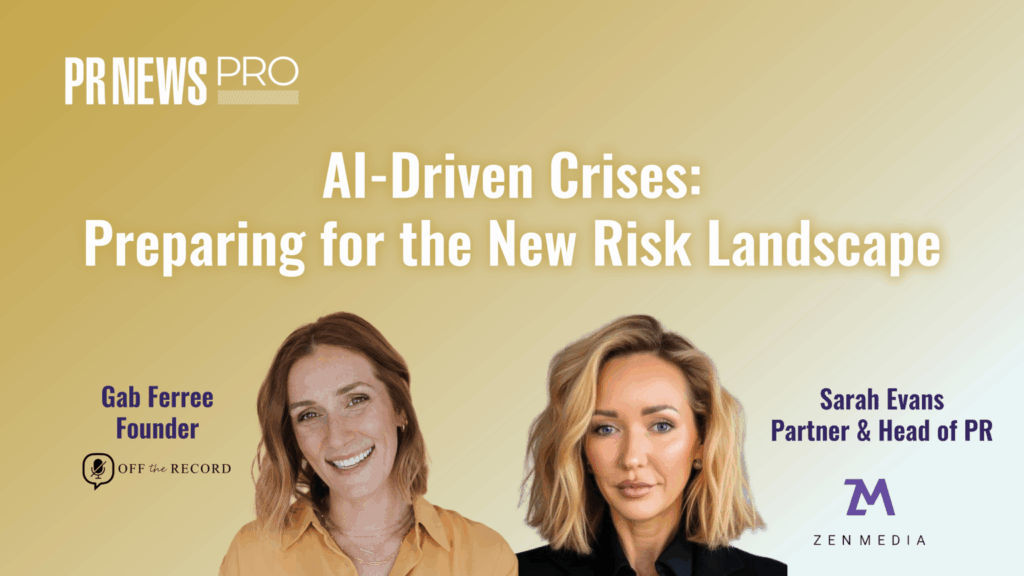 Closed-loop marketing hinges on the ability to track a user across multiple touchpoints until they come to your site and buy something, enabling you to tie their visitor ID (a browser cookie) back to previous sessions when they were anonymous.
Closed-loop marketing hinges on the ability to track a user across multiple touchpoints until they come to your site and buy something, enabling you to tie their visitor ID (a browser cookie) back to previous sessions when they were anonymous.
Ongoing marketing messaging then seeks to maintain a relationship with that customer, hopefully adding value and enticing them to return to your site and complete another action. You’ve created, in essence, a closed loop that goes from initial contact through to conversion, and then indefinitely – as long as the customer finds value in your messaging, products, and brand.
That sounds pretty easy, you say, but I recognize sarcasm when I hear it. This isn’t meant to be easy – but it doesn’t have to be confusing.
Here’s how to engage in closed-loop marketing by identifying the data that matters in a few basic steps:
- Create a Measurement Framework
Goals & Key Measures
Building a measurement framework starts with defining the goals and key measures associated with what you’re trying to accomplish. What user and business outcomes are you trying to achieve? What decisions do you want to make based on the data? These questions influence what measures and supporting metrics you will need to accomplish your goals.
My advice: focus on actionable metrics. A report that can’t be acted upon is useless. Establish the best ways to measure your key metrics. Define these metrics across all your owned, earned, and paid channels and platforms.
The Common Key
Wherever you can, look for ways to tie as many metrics to the same visitor ID as you can. This is crucial because that visitor ID is the common ‘key’ (in database terms) that is shared across all your metrics. That common key is what enables true closed-loop reporting.
Implementation
Finally, QA and confirm that all the data you think is being captured is really being captured (you’d be surprised how many businesses miss this important step). Also, confirm that all data captured at the time of a behavior (a click, for example) is being pulled into your reporting tool and calculated and displayed correctly.
At this point, the data is ready to be consumed and pulled into specific reports designed to enable action and answer specific business questions, all of which you have defined up front. Congratulations! You’ve just created the foundations of a robust measurement framework.
- Create a Testing Strategy
Now all you need to do is optimize performance, drive customer return rates, increase deeper and broader engagement, expand revenue per customer, and so forth. What you need is a testing strategy.
Your testing strategy starts with a review of your marketing strategy, followed by recommendations as to how to maximize ROI. Proposed tests may include landing pages, content pages, cart/checkout pages, email messaging and frequency, onsite personalization, or marketing retargeting. You can go crazy with all the options. This is where the goals and key measures exercise performed up front will guide and focus your efforts.
Personas
Other tools can help this focus, including personas. Personas—typically created by your strategy and/or user experience teams—are richly imaged snapshots of specific audience segments you’re targeting. Each persona might be associated with more basic demographic information like a specific age range, gender, socio-economic status, geographic location, as well as many other more specific attributes like where they tend to congregate online, what their buying habits are, what they like and don’t like, etc. The goal of personas is to narrow your focus to specific metrics associated with specific audiences that, in turn, help drive better-qualified traffic to your site.
Often each persona is associated with a user journey. The user journey might identify all the digital points a given persona might touch, and when/how/how often they might associate with your site and/or engage in purchasing behavior, giving insights as to how to appeal to and influence users. What can be measured online can be translated into automated rules that can be optimized for performance.
Prioritized Optimization Opportunities
Take the potential test scenarios created above and prioritize them. Each test should include hypotheses with expected outcomes, associated ROI, and creative, technical and development resources. Testing should be directed by goals, priorities, and initiatives, and needs to drive towards specific, targeted KPIs. If a given test doesn’t meet any of these requirements, then it’s probably not worth doing (and I would avoid one-off tests).
When ready, map out the tests on a calendar and start iterating.
- The Virtuous Cycle: Optimization, Iteration & Evangelization
Testing begets more testing. Don’t stop. Build decks showing the success of your iterative work. Present them to as many people as you can. Evangelize!
Some tests will be more rules-based (automated marketing, for example). With enough traffic, you may want to explore multivariate testing. Use creative messaging to meet customers’ rational and emotional needs and create a virtuous closed, positive feedback loop. All efforts should serve the business goals you defined up front.
You’ve now created a system for collecting data, running iterative tests, and optimizing your closed-loop marketing. You’re feeling good. And you should be. This stuff is hard to do, takes time, and requires focus and a shared organizational purpose. What you get for all that hard work is the ability to better anticipate customers’ needs, win new business, and nurture lasting relationships. Not too shabby.
St. John (Sinjin) Maloney is director of analytics at Wire Stone.



